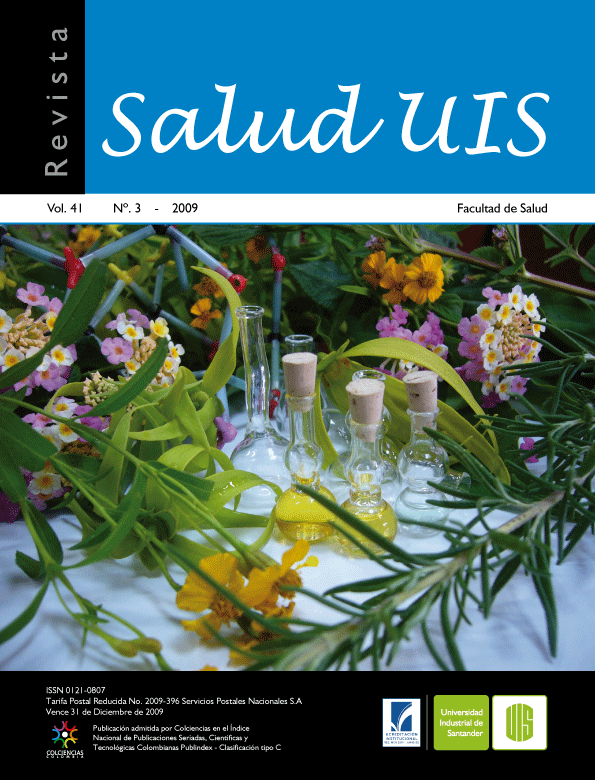Abstract
RESUMEN
INTRODUCCIÓN: La quimioterapia contra la leishmaniasis y la enfermedad de Chagas es inefectiva, condición que agrava el problema de salud pública que estas enfermedades tropicales representan.
OBJETIVO: Determinar la actividad de nuevas N-bencil (2-furilmetil) cinamamidas en las formas libres e intracelulares de Leismania chagasi y Trypanosoma cruzi y en células Vero y THP-1.
MATERIALES Y MÉTODOS: Los parásitos y las células fueron tratados con diferentes concentraciones de los compuestos y su actividad fue determinada microscópicamente y por la prueba colorimétrica de MTT en el caso de los parásitos y células de mamífero, respectivamente. Los resultados de actividad fueron expresados como la concentración que inhibe o destruye 50% o 90% de los parásitos o células.
RESULTADOS: Las N-arilalquilamidas 1, 2 y 5 fueron activos en epimastigotes de T. cruzi con actividades entre CI50 3,71-38,81 µM y CI90 entre 50,87-59,87 µM. El compuesto 2 presentó actividad en amastigotes intracelulares de L. chagasi con CI50 77,76 µM. Las amidas preparadas no presentaron toxicidad en células THP-1 y solo el compuesto 4 fue parcialmente tóxico en células Vero (CC50 65,90 ± 5,71 µM).
CONCLUSIONES: La baja toxicidad presentada por los compuestos 1, 2 y 5 y la actividad antiparasitaria mostrada soportan el diseño de nuevas moléculas relacionadas para ser evaluadas en sistemas in vitro e in vivo contra estas enfermedades parasitarias.
Palabras clave: Leishmaniasis, enfermedad de Chagas, amastigotes intracelulares, citotoxicidad, cinamamidas N-sustituidas
ABSTRACT
INTRODUCTION: The chemotherapy against leishmaniasis and Chagas disease is ineffective, a condition that is aggravating the public health problem caused by these tropical diseases.
OBJECTIVE: To determine the activity of new 7V-benzyl(2-furylmethyl) cinnamamides in the free and intracellular forms of Leishmania chagasi and Trypanosoma cruzi and Vero and THP-1 cells.
MATERIALS AND METHODS: The parasites and cells were treated with different concentrations of the compounds and the activity was determined microscopically and MTT colorimetric test in the case of parasites and mammalian cells. Antiparasitic activity of tested compounds was expressed as the concentration that inhibits or destroys 50% or 90% of parasites and cells.
RESULTS: The 7V-arylalkylamides 1, 2 and 5 were active against T. cruzi epimastigotes with a range of activities between IC50 3.71-38.81 μM and IC90 between 50.87-59.87 μM. The compound 2 was active on intracellular amastigotes of L. chagasi with IC50 77.76 μM. The tested amides were not toxic to THP-1 cells; just only compound 4 resulted partially toxic on Vero cells (CC50 65.9 ± 5.71 μM).
CONCLUSIONS: The low toxicity and the antiparasitic activity showed by the cinnamanide compounds 1, 2 and 5 support the design of new related molecules in order to be evaluated on in vitro and in vivo systems for these parasitic diseases.
Keywords: Leishmaniasis, Chagas disease, intracellular amastigote, cytotoxicity, N-substituted cinnamamides
Se autoriza la reproducción total o parcial de la obra para fines educativos, siempre y cuando se cite la fuente.
Esta obra está bajo una Licencia Creative Commons Atribución 4.0 Pública Internacional.
